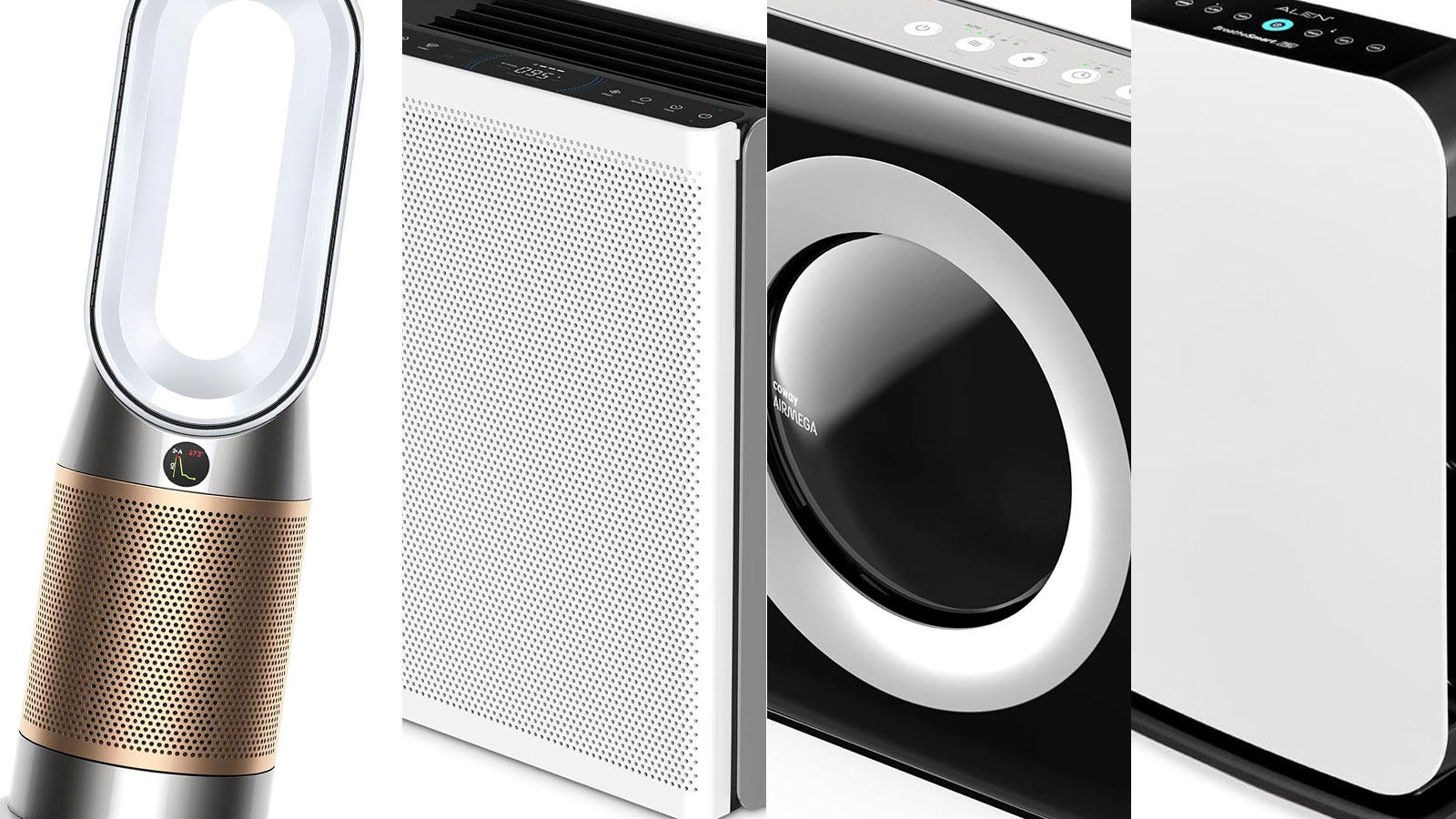Now Reading: Inside the Factory Crafting Headphones Worth More Than Luxury Cars
-
01
Inside the Factory Crafting Headphones Worth More Than Luxury Cars
Inside the Factory Crafting Headphones Worth More Than Luxury Cars

Quick Summary
- Event Location: Tullamore,County Offaly in Ireland,home to the Sennheiser factory and Audiophile Experience Center (AEC).
- Occasion: Celebration of Sennheiser’s 80th anniversary, showcasing its headphone production process and audiophile products.
- Historic Timeline:
– Founded by Fritz Sennheiser in Germany (1945); headphones introduced with HD 414 model (1968).
– Tullamore facility began producing transducers for high-end headphones like the HD series starting in the 1990s.
– Consumer division acquired by Sonova Holding AG in 2021; production streamlined at Tullamore soon after.
- Production Insights:
– Combines automation with manual craftsmanship involving over a hundred skilled workers.
– Quality checks ensure precision at every stage-essential for iconic models like the HD series.
- Highlights of Tour:
– Journalists assembled their own pair of Sennheiser HD 660S2 headphones under supervision.
– Showcase of HE1 electrostatic system ($70,000), known for unparalleled sound fidelity and luxury design using Italian marble and platinum components.
– Listening sessions revealed breathtaking details across music tracks performed by HE1, emphasizing audiophile-grade reproduction quality.
- Additional Activities: Concluded with a whiskey tasting experience at nearby Tullamore D.E.W distillery, drawing parallels between delicate craftsmanship in sound engineering and distilling.
Indian Opinion Analysis
This event demonstrates how specialized manufacturing processes can merge technological innovation with manual expertise to elevate quality standards-a principle relevant to India’s ambitions as a global manufacturing hub under Make in India initiatives. The focus on balancing automation while retaining skilled human input resonates notably well within sectors like electronics and automobile manufacturing currently growing fast domestically.Furthermore, this story underscores India’s prospect to foster similar ecosystems combining local craftsmanship alongside international collaboration-such partnerships attract premium brand establishments seeking steady fabrication pipelines akin to those showcased hear for audio products.
Lastly, although India does not yet host globally renowned high-fidelity brands akin to Sennheiser today-the lesson is clear that investment into R&D combined with uncompromising QC benchmarks gives enduring value across generations of product iterations-a methodology Indian tech firms could embrace locally even within burgeoning “audio tech consumer markets.”

























